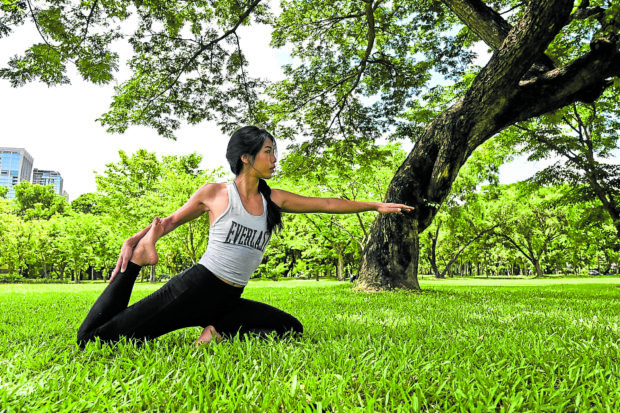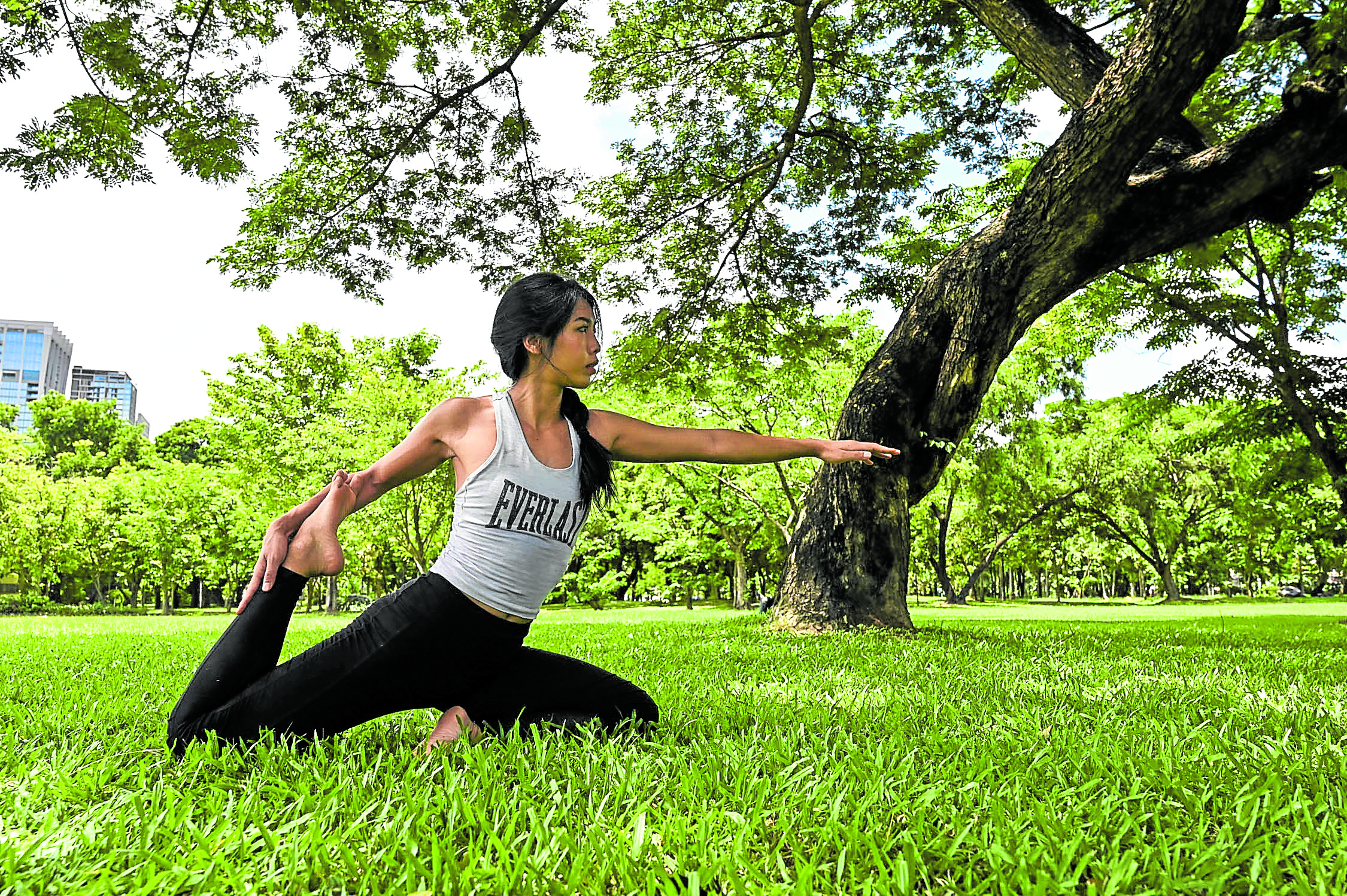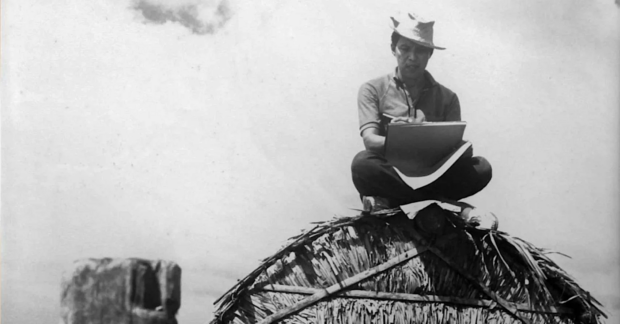
Athletes like LeBron James and Michael Jordan have constantly surprised medical experts with their seemingly superhuman ability to bounce back from injury and consistently perform at their peak. Besides having access to the best training facilities and trainers/coaches, athletes have always emphasized that the key to their top performance is not just their training, but also their recovery.
The common problem most people have during their rest days is that they become cheat days. Let’s admit it, when we are not training or working out, we tend to slack off, eat poorly and lose momentum. But research has shown the importance of active recovery: When challenged enough, muscles tear during high-intensity routines. These muscle fibers are repaired and built up and this is where muscle fiber growth occurs.
This is a common question for trainers: “Do I still need to work out on my rest days?” The answer is yes.
Active recovery involves low-impact movements designed to help your body heal and grow back stronger after strenuous training. The trick to active recovery is continuous gentle movements that will increase blood flow and eventually speed up postworkout healing.
Active recovery activities
The soreness you feel after an intense run is a sign that your muscles are in a state of repair from the long and arduous training. In this case, the best thing to do during your recovery day is to work on your dynamic stretching or a quick mobility routine. You can also do flexibility activities, hip training, and basically anything that can help maintain momentum.
Rest days don’t mean that you get to binge-watch your favorite Netflix show while munching on junk or fast food. Thus, meal prep should also count as part of your active recovery plan.
According to experts, not only does active recovery help the body heal, it also keeps injuries at bay. Warmup and cool-down routines activate the body and prepare the muscles, joints and tendons for the rigors of strength training once the rest day is over.
The simple act of walking is also an active recovery technique. It’s a low-impact activity yet it burns all those extra calories, without taxing your body. Skip the line at the elevator and take the stairs, it’s good for you!
Midlockdown, we started to actively push our gym members to include recovery routines in their home workouts as your body needs it now more than ever given all the mental stress and prolonged sitting. We are genetically designed to move, not spend hours in front of our computers.
Other low-impact active recovery activities include: yoga, light-resistance training, hip and core activation, and self-myofascial release such as foam rolling. You can do these activities at home to supplement your more strenuous workouts at the gym.
Long-term benefits
Recovery days are essential and active recovery activities are beneficial for your body. Active recovery will not only help you recover faster after an intense or strenuous workout, but it also reduces lactic acid levels in muscles, increases blood flow, decreases toxin levels, decreases soreness while keeping you active and encourages you to stay on a structured routine.
There are so many different ways to create an active recovery program and it is vital to choose a regime that suits your goals and needs. While some routines can target specific body issues such as reduction of lactic acid buildup in muscles, and endurance training, there are also other activities that can promote mental and emotional wellness. Do not forget that nutrition and sleep also play a major role in optimum recovery.
Always consult your trainer or a physiotherapist on the most appropriate method and level of active recovery for you. If you choose yoga, Pilates, or any kind of entertaining activity such as dancing or Zumba, a quick check with your go-to coach should help you modify and plan accordingly. On the other hand, if you decide on doing outdoor activities like walking, hiking, or slow running always follow social distancing measures. —CONTRIBUTED















































